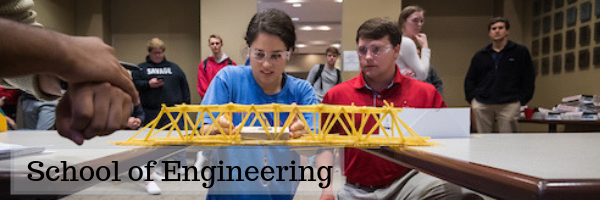
Faculty and Student Publications
Document Type
Article
Publication Date
11-1-2020
Abstract
© 2020 The Authors Present-day loess, especially Malan loess formed in Later Quaternary, has a characteristic structure composed of vertically aligned strong units and weak segments. Hypotheses describing how this structure forms inside original loess deposits commonly relate it to wetting-drying process. We tested this causal relationship by conducting unique experiments on synthetic samples of initial loess deposits fabricated by free-fall of loess particles. These samples were subjected to a wetting-drying cycle, and their structural evolutions were documented by close-up photography and CT scanning. Analysis of these records revealed three key stages of structural evolution: initiation (evenly distributed cracks appear due to wetting); inhomogeneitization (some cracks grow, forming large polygons); and development (polygon-forming cracks grow further - cracks within polygons narrow down or heal up). These experiments successfully reproduced the characteristic structure of present-day loess, and led to a discovery that it is the wetting of initial loess that initiates and drives the structural evolution, while drying preserves and expands resulting features.
Relational Format
journal article
Recommended Citation
Li, Y., Zhang, W., He, S., & Aydin, A. (2020). Wetting-driven formation of present-day loess structure. Geoderma, 377, 114564. https://doi.org/10.1016/j.geoderma.2020.114564
DOI
10.1016/j.geoderma.2020.114564
Accessibility Status
Searchable text
Included in
Biomedical Engineering and Bioengineering Commons, Chemical Engineering Commons, Civil and Environmental Engineering Commons, Computer Engineering Commons, Electrical and Computer Engineering Commons, Geological Engineering Commons, Mechanical Engineering Commons

